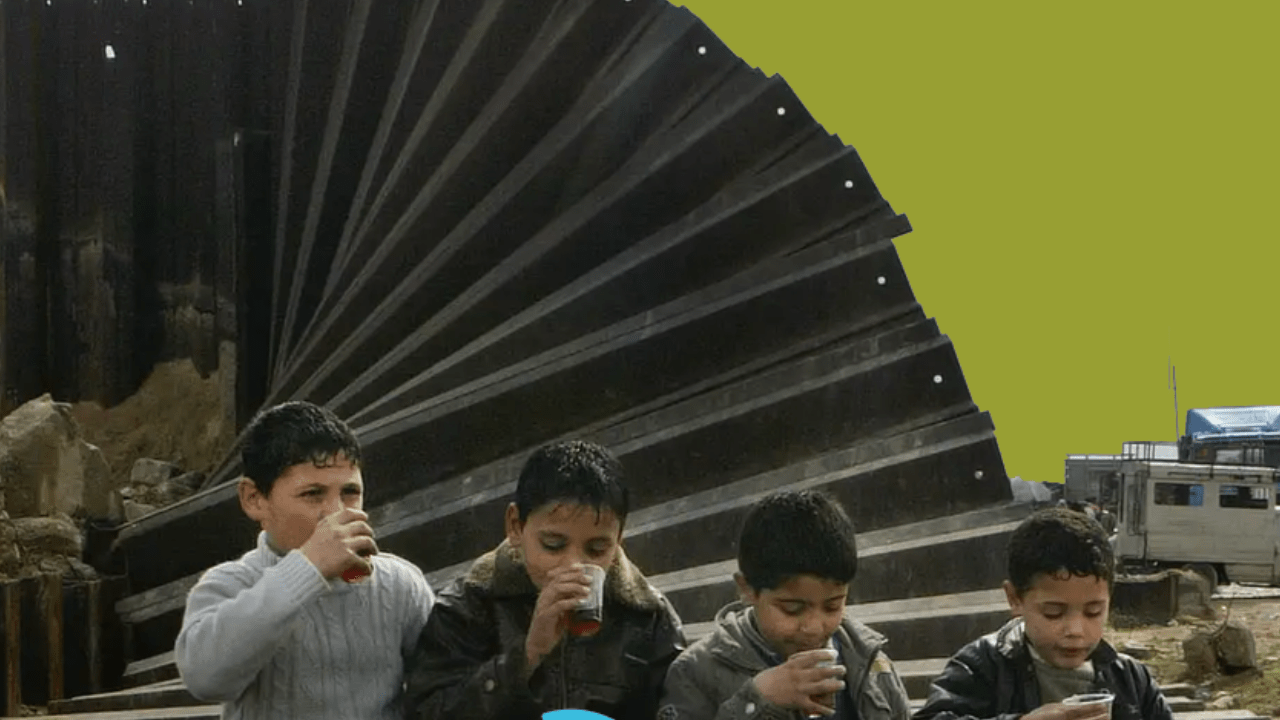Do you know that in the last 20 years the number of physical barriers dividing communities and preventing immigration has rocketed?
At a time when countries and people are more interconnected than ever, the divide between the wealthy and poor has risen, as well as nationalism.
Walls have become a symbol of this political crisis and global inequality, making the Other the Enemy, while consolidating the builder’s authority.
Here we look at some examples.
In 1989, with the fall of the Berlin Wall, a new future of freedom and dignity seemed possible, where people understood the violence of physical barriers to enforce militarized political control.
Yet, from early 2000 the number of walls and fences increased drastically around the world, for a total of more than 70.
The Israeli regime is leading that trend, with a total of 6 walls enforcing apartheid against Palestinians.
- Palestine
In 1992, the idea of creating a physical barrier between the Israeli and Palestinian population was proposed by then-prime minister Yitzhak Rabin. The first construction started in 1994, and then implemented more extensively in 2002 during the Second Intifada.
The Apartheid Wall is now 712 km long.
Built with the excuse of “security” concerns, the wall is strategic for Israel in the annexation of most of the land and expansion of colonial settlements. It cut off some Palestinians off their agricultural land or schools, particularly around Jerusalem, Bethlehem, Tulkarem and Qalqilya.
Israel has built other walls, notably all around the besieged Gaza strip, including in the sea.
- US- Mexico
The US has built a discontinuous barrier with the Mexican border, with the aim to block Mexican and Central American immigration into the US.
The wall – built with US taxpayer money – has caused the death of 42 migrants in 2022 and hundreds of injuries. It also fragments indigenous tribes and people, such as the Tohono O’odham tribe.
The wall is now 1126.54km out of 3,145 km marking the border and is controlled by “virtual fence” of sensors, cameras, and other surveillance equipment.
- Morocco – Western Sahara
The Moroccan government, advised by Israel and the United States, started building a wall in early 1980s, with the intent of separating and isolating communities as well as the liberation movement of the Western Sahara fighting against the occupation of their territory. It also aims to block sub-Saharan migrants.
The wall is today 2,700 km-long and is surrounded by land mines.
- Spanish Ceuta&Melilla – Morocco
As legacy of the Spanish colonisation of Morocco, the country still has under its control the cities of Ceuta and Melilla on the African continent side.
In the mid 1990s, at a time when Europe was developing the myth of a “borderless Europe,” Spain started building fences around its enclaves of Melilla (11km) and Ceuta (8.4km) with the declared purpose of stopping immigration.
In summer 2022, around 2,000 migrants who tried to cross the wall were attacked by Moroccan and Spanish border guards, who used lethal force against them, killing 37 of them.
- Hungary- Serbia and Croatia
In 1995 the Hungarian government started building a 175 km-long wall at the border with Serbia with the explicit intention of stopping immigration to the EU.
In 2015, Hungary’s far-right government of Viktor Orban, unhappy with EU coordination of border and immigration control, built a 348 km-long fence at the border with Croatia.
- France – Calais
In 2016, as a response to a larger immigration rate in Europe, the UK and France, rather than addressing the issue structurally and putting in place adequate hosting policies, decided to build a physical barrier (1km) in Calais, the main point of crossing between the UK and France.
The fence was built also to prevent access to the Euro Channel by refugees residing in the so-called “Jungle”, Calais’ informal refugee camp.
- India- Pakistan
The so-called “line of control” between India and Pakistan was agreed after the war in 1971 and divides the Kashmir region in two parts.
From 1990 India started building a fence against Muslims’ immigration into India, despite the protest of the Pakistani government.
The fence runs for 550 km.
Sadly, there are many more walls around the world: North vs South Korea, Baghdad, Iraq vs Kuwait, Bulgaria vs Turkey, Thailand vs Malaysia, Northern Ireland to name a few.
All these walls are dividing communities, exacerbating nationalisms and authoritarianism.
Instead of building walls, the Global North and particularly former colonial rulers have a responsibility to address the legacy of hundreds of years of colonialism and exploitation at the root cause of forced exile and climate crisis, including through reparations.
